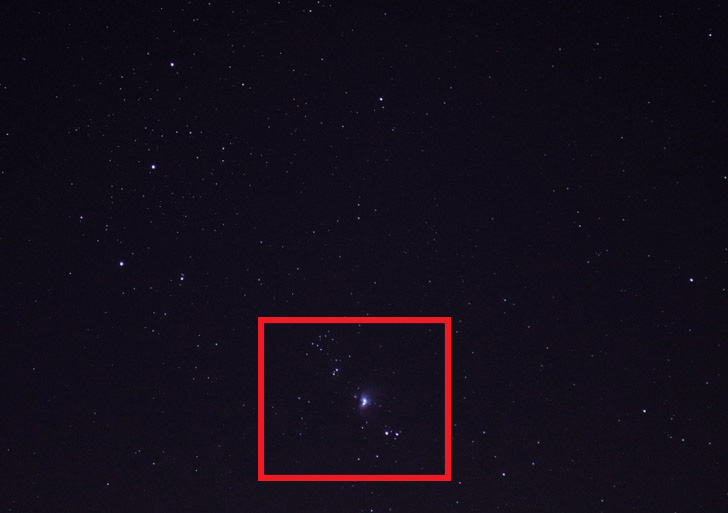In this article the IDAS LPS-D1 Light Pollution Suppression Filter will be reviewed and test images provided. The goal is to help people venturing into astrophotography decide what equipment will best suit their needs especially if they are in an area affected by light pollution.
Methodology / Equipment:
- Canon’s 5DSr body was used for all the photographs.
- Canon’s 24-105mm f4 L lens was used, set at 105mm.
- All photographs were taken with a tripod.
- At least three photographs were taken of each subject.
- IDAS LPS-D1 Light Pollution Suppression Filter 77mm.
- Refocusing was performed after each set of three frames. The best photograph from each sequence was selected for this article.
- Focusing was achieved using the cameras on screen display as well as the displays magnification.
- Tracking was performed using a manual ‘Hinge / Barn Door Tracker’ which I built about a year ago.
- Polar alignment was achieved by placing a green laser pen firmly against the tracker’s metal hinge and adjusting the tripod until the laser aligned on Polaris.
- Photographs were taken about 13 miles outside of Philadelphia PA, an area which is highly affected by light pollution.
Test 1- Photographs of Orion’s Belt, No Post Processing
Top: no filter. Bottom: with the IDAS LPS-D1. Exposure for Both Images: ISO 1600, 5.0sec., f4.0
Test 1- Photographs of Orion’s Belt, After Post Processing
Top: no filter. Bottom: with the IDAS LPS-D1. Exposure for Both Images: ISO 1600, 5.0sec., f4.0
Enlarged Area of the Orion Nebula, After Post Processing 
Left: no filter. Right: with the IDAS LPS-D1. Exposure for Both Images: ISO 1600, 5.0sec., f4.0
Conclusion:
The IDAS LPS-D1 Light Pollution Suppression Filter provides grater contrast and better color rendition for astrophotography performed in light polluted areas.
Pros: better quality images in light polluted areas.
Cons: cost, about $350 for the 77mm version, and a loss of about ½ to 1 stop of light. Also the filter does not work with wide angle lenses; I observed vignetting and concentric circles starting around 50mm.
Take care, and keep experimenting.
Latest articles by Irv Schlanger (see all articles)
- Review of the IDAS LPS-D1 Light Pollution Suppression Filter - November 11, 2017
- Stacking to Increase Depth of Field - September 26, 2017
- Diffraction of Light – Creating an Artificial Rainbow - September 1, 2017
Irv Schlanger
Irv Schlanger worked as a professional photographer in the 80’s through the late 90s, photographing hundreds of weddings and many magazine covers. His formal training is in information systems, and security. He has a Master’s degree from Drexel University. Irv got back into photography as a way to relax, and now focuses primarily on landscapes, wildlife, and portrait photography.
See All Articles by Irv Schlanger
Leave a Reply